Introduction
The concept of smart cities, where technology seamlessly integrates into daily urban life to improve efficiency, sustainability, and quality of living, has rapidly gained traction in recent years. At the heart of this transformation is the Internet of Things (IoT), a network of interconnected devices that communicate with one another and collect, exchange, and process data in real time. IoT’s potential in urban settings is vast, ranging from optimizing traffic flow to enhancing public safety and energy management. As cities continue to grow, IoT can help tackle pressing challenges like congestion, pollution, and resource management. This article explores how IoT will shape the cities of tomorrow, revolutionizing urban life and making cities smarter, more efficient, and sustainable.
1. Understanding Smart Cities: A Vision for the Future
Smart cities are urban areas that leverage technology, particularly IoT, to improve the quality of life for their residents, optimize resources, and create a more sustainable urban environment. By embedding sensors, smart infrastructure, and data analytics into the fabric of city life, smart cities provide a more efficient, responsive, and integrated urban experience.
1.1 Defining a Smart City
A smart city integrates IoT, sensors, and data analytics into everyday urban functions, from transportation to waste management. These cities are equipped with a digital backbone that allows real-time data collection, analysis, and decision-making, creating a dynamic urban environment where systems are interconnected and optimized.
1.2 Key Characteristics of a Smart City
- Interconnected Infrastructure: IoT devices connect and monitor everything from traffic signals to streetlights, waste bins, and public transport.
- Data-Driven Decision Making: City operations are driven by real-time data collected from IoT sensors, improving planning, operations, and service delivery.
- Sustainability and Efficiency: A smart city uses technology to minimize energy consumption, reduce waste, and enhance resource management.
- Enhanced Quality of Life: IoT improves living standards by offering better public services, reducing congestion, and increasing safety and security.
2. IoT in Transportation: Smarter Mobility Solutions
Transportation is one of the most critical challenges facing urban areas, especially as cities grow and congestion becomes a persistent issue. IoT has the potential to revolutionize transportation, offering smarter mobility solutions that reduce traffic, improve traffic flow, and enhance public transport efficiency.
2.1 Smart Traffic Management Systems
IoT-powered traffic management systems can help reduce congestion, optimize traffic light sequences, and improve road safety. Sensors embedded in roads and traffic lights communicate with one another to adjust the flow of traffic in real time, based on traffic density. For example, in cities like Barcelona, IoT has been used to implement intelligent traffic signals that change based on vehicle and pedestrian flow.
- Vehicle-to-Everything (V2X) Communication: IoT enables vehicles to communicate with each other and with road infrastructure, improving traffic flow, reducing accidents, and enabling autonomous vehicles.
2.2 Autonomous and Connected Vehicles
Autonomous vehicles, or self-driving cars, will be powered by IoT systems that allow vehicles to communicate with each other and surrounding infrastructure, creating a connected transportation ecosystem. These vehicles will be able to navigate city streets more efficiently, reduce the likelihood of accidents, and minimize congestion.
2.3 Public Transportation Optimization
IoT technology also enhances public transportation systems by providing real-time tracking of buses, trains, and trams. Smart transit apps, powered by IoT, allow passengers to track vehicles in real-time, ensuring better scheduling, reduced wait times, and more efficient use of public transport.
3. Energy Management: Building Sustainable and Efficient Cities
Energy consumption is a major issue in cities, with rising demand leading to inefficiencies, waste, and high environmental impact. IoT can play a key role in managing energy resources more efficiently, promoting sustainability, and reducing carbon footprints.
3.1 Smart Grids and Energy Efficiency
Smart grids are energy networks that use IoT sensors to monitor and manage electricity flow. These grids can optimize energy distribution, detect faults in the network, and balance energy supply with demand in real-time. This leads to reduced energy waste, lower costs, and more efficient use of resources.
- Dynamic Pricing: IoT sensors can help utilities implement dynamic pricing models, where electricity costs vary based on demand, encouraging energy conservation during peak times.
3.2 Smart Buildings: Automation and Efficiency
IoT can be used to optimize energy consumption in individual buildings, making them “smart.” Smart sensors monitor temperature, lighting, and energy usage in real-time, adjusting these elements to minimize energy waste. For example, IoT-enabled smart thermostats, like Nest, automatically adjust heating and cooling based on occupancy patterns, reducing energy consumption.
3.3 Renewable Energy Integration
Smart cities also use IoT to integrate renewable energy sources like solar and wind into their energy grid. IoT can monitor weather patterns and adjust the integration of renewable energy into the grid to ensure stable energy supply and minimize reliance on non-renewable sources.
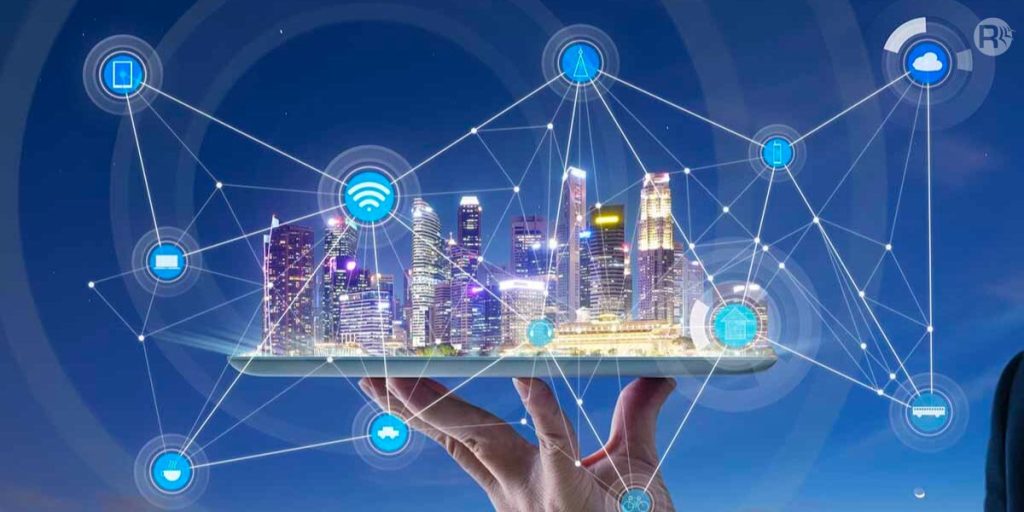
4. Public Safety: Enhancing Security through IoT
Safety and security are paramount in any city, and IoT can play a critical role in improving both. From surveillance systems to emergency response mechanisms, IoT-powered solutions can enhance public safety, reduce crime, and provide real-time responses to emergencies.
4.1 Smart Surveillance Systems
IoT-enabled cameras and sensors placed around cities can collect and analyze data in real-time to monitor public spaces for criminal activity or safety hazards. These systems can alert authorities if suspicious activity is detected, enabling a quicker response time. Facial recognition technology powered by IoT is also becoming more advanced, enabling enhanced security measures.
4.2 Disaster Management and Emergency Response
IoT can significantly improve disaster management by providing real-time data on environmental conditions such as floods, earthquakes, and fires. For instance, early warning systems powered by IoT sensors can alert residents and authorities about imminent threats, allowing for faster evacuation and response.
4.3 Smart Lighting and Surveillance
Smart street lighting systems powered by IoT not only reduce energy consumption but also enhance safety. These systems adjust brightness based on environmental conditions, and in some cities, they are also integrated with surveillance systems to monitor public areas more effectively.
5. Waste Management: Efficient Disposal and Recycling with IoT
Waste management is a growing challenge in cities, with large amounts of waste being generated daily. IoT can help optimize waste collection, reduce landfill waste, and promote recycling through smart waste management solutions.
5.1 Smart Waste Bins and Collection Systems
Smart waste bins embedded with sensors can monitor the level of waste and send real-time notifications to waste management services when they are full. This optimizes the waste collection process, reducing unnecessary pickups and ensuring that bins are emptied in a timely manner. Compactor bins can also compress waste, increasing the efficiency of space utilization.
5.2 Recycling and Waste Sorting
IoT can aid in sorting and recycling waste more efficiently. Smart bins equipped with IoT sensors can differentiate between recyclable and non-recyclable materials and direct waste to appropriate facilities. These smart systems can also encourage residents to recycle more by providing data on their recycling habits and rewards for consistent recycling.
6. Healthcare and Public Health: IoT for Better Well-being
IoT is also transforming healthcare in smart cities, helping improve public health, reduce healthcare costs, and enable better health management.
6.1 Remote Health Monitoring
In smart cities, IoT-enabled healthcare devices allow for remote monitoring of patients, reducing the need for hospital visits and enabling doctors to track patient health in real-time. Wearables like smartwatches can track vital signs, while IoT-enabled medical devices can provide real-time data on blood pressure, glucose levels, and other important health metrics.
6.2 Smart Health Facilities
Hospitals and clinics in smart cities are adopting IoT to monitor patient health, manage medical equipment, and optimize hospital resources. IoT-enabled systems help manage inventory, track patient movements, and ensure the most efficient use of medical resources.
6.3 Public Health Monitoring
IoT sensors embedded throughout the city can also monitor environmental factors that affect public health, such as air quality, noise levels, and pollution. This data can be used to identify health risks and take preventative actions, such as adjusting traffic patterns or issuing health advisories.
7. The Challenges and Future of IoT in Smart Cities
While IoT has the potential to transform cities, there are several challenges to overcome in order to unlock its full potential.
7.1 Data Privacy and Security
As cities become more connected, they collect vast amounts of personal data from residents. Ensuring data privacy and protecting against cyber threats will be crucial for building trust in IoT technologies.
7.2 Infrastructure and Connectivity
For IoT to function seamlessly across a city, robust infrastructure and connectivity are essential. This includes reliable internet access, network reliability, and the ability to manage and process large volumes of data.
7.3 Interoperability
Different IoT devices and systems need to work together to create a truly smart city. Ensuring that various devices and platforms can communicate and exchange data effectively will be a key challenge for future smart city initiatives.
Conclusion
The future of urban life will be shaped by IoT technology, making cities more efficient, sustainable, and livable. From traffic management to energy optimization, public safety, waste management, and healthcare, IoT is already driving transformation in cities around the world. As technology continues to evolve, smart cities will become increasingly interconnected, creating environments where residents enjoy better services, improved quality of life, and a more sustainable urban experience. While there are challenges to address, the potential for IoT to improve urban living is enormous, and the cities of tomorrow will be smarter, safer, and more efficient because of it.



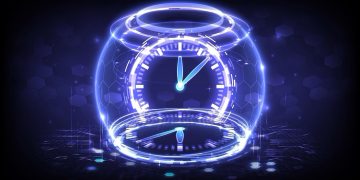
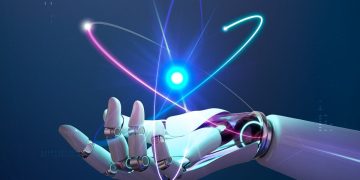







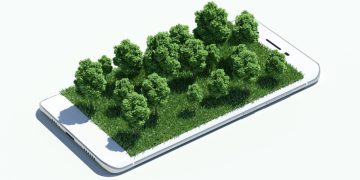


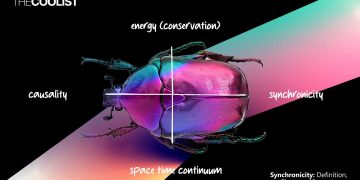






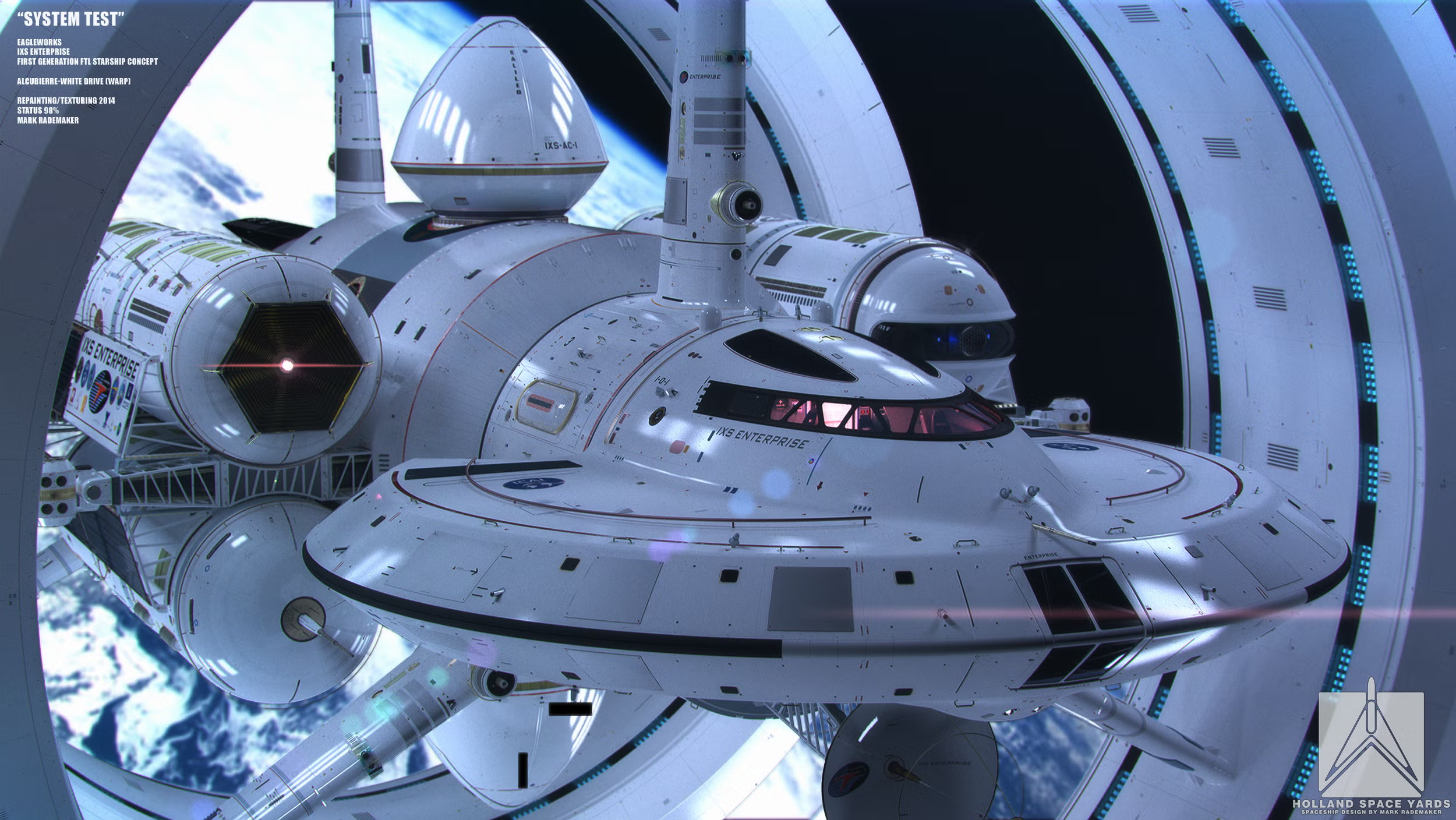
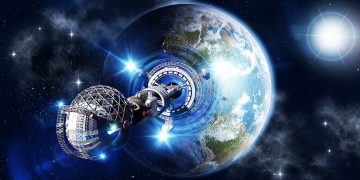
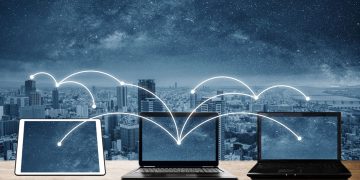
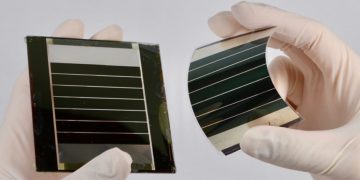
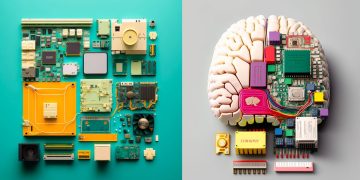
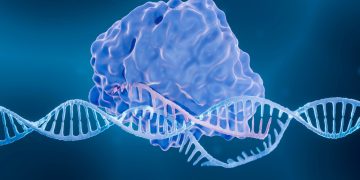

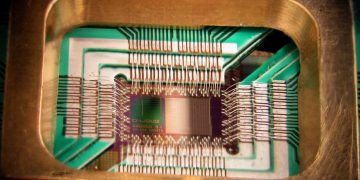

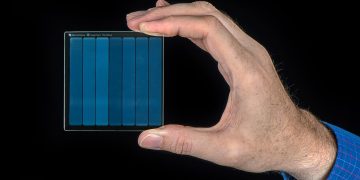

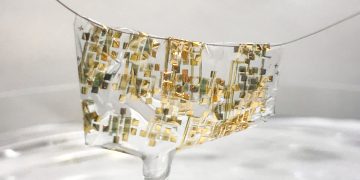
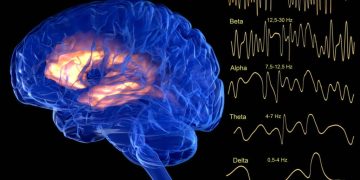
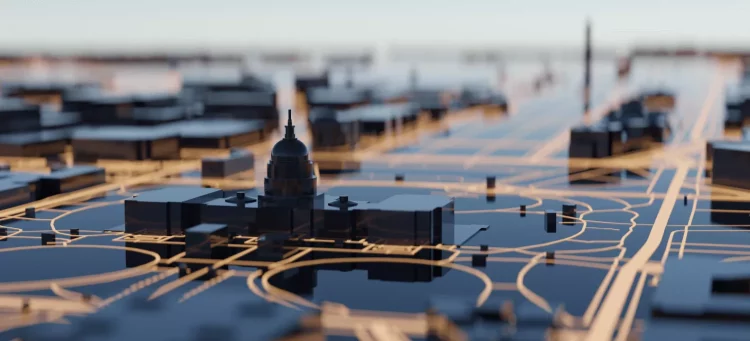












Discussion about this post